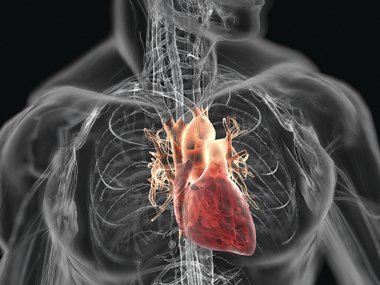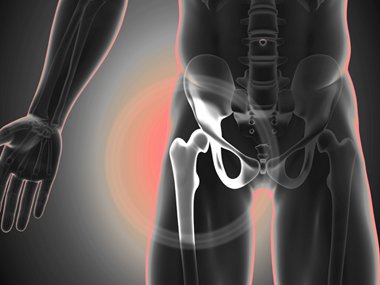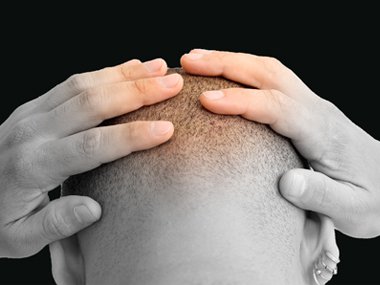These surprising clues can point to clogged arteries and underlying heart disease.
Each year in the United States, more than 700,000 people suffer a heart attack, and almost 400,000 people die of coronary heart disease (CHD).

Preventing heart disease in patients is my main goal, but early detection is the next best thing. This can lead to changes in lifestyle and medical therapies that can delay or deny the onset of a heart attack; almost 80 percent of heart disease is preventable with lifestyle changes. Many of my patients are shocked to learn about the following clues to underlying heart disease.
Erectile dysfunction (ED) could mean clogged arteries.

Men have a built-in warning system for silent CHD. When achieving an erection is difficult or impossible, it can be a sign of clogged arteries in the pelvis that presents before a heart attack hits.
There are, on average, three to five years between the onset of ED and the finding of CHD, which is plenty of time to detect and to work on preventing heart issues.
If you and your partner are worried about sexual performance, look for and treat root causes of diseased arteries before just popping a blue pill.

In a comprehensive new study of almost 37,000 men, severe baldness at the crown of the head strongly predicted the presence of silent CHD at any age.
In a separate study of more than 7,000 people (including over 4,000 women), moderate to severe baldness doubled the risk of dying from heart disease in both sexes.
Ear crease might indicate clogged arteries.

One of the stranger markers, a crease in your earlobe (specifically, an angled crease in the ear that runs diagonally from the canal to the lower edge of the earlobe) has been mentioned in medical research reports as a sign of silent CHD for decades. The ear crease may result from poor circulation, including in arteries in the heart.
Although some medical professionals have argued that a crease is just a general sign of aging, researchers last year used the most sophisticated CT scan method to measure silent CHD and found that ear crease predicted heart disease even after the authors accounted for other risk factors, such as age and smoking.
Calf pain when you walk might mean clogged arteries.

This is known as claudication (from the Latin for “to limp”). Atherosclerosis can block leg arteries, particularly in smokers, before CHD is diagnosed.
This symptom requires an evaluation without delay. Your doctor will examine the pulses in your legs and perform simple measurements of leg blood pressure and blood flow to confirm a diagnosis of poor circulation. It is critical that heart disease be diagnosed as early as possible because there are many dietary and medical treatments that can help reverse the issue. Some of my patients took these early clues to heart.
I advised them to eat more plant-based foods and fewer animal products and to start a walking program. Their calf pain completely resolved within weeks and has not recurred for years. Anyone with any of the above signs of silent CHD should know his or her numbers (blood pressure, cholesterol, fasting glucose).
Ask your doctor if you should be checked for heart disease with an EKG, a coronary calcium CT imaging, or an exercise stress testing. To borrow from Ben Franklin, an ounce of prevention (plus a bowl of kale) is worth a pound of cure.
source:healty
